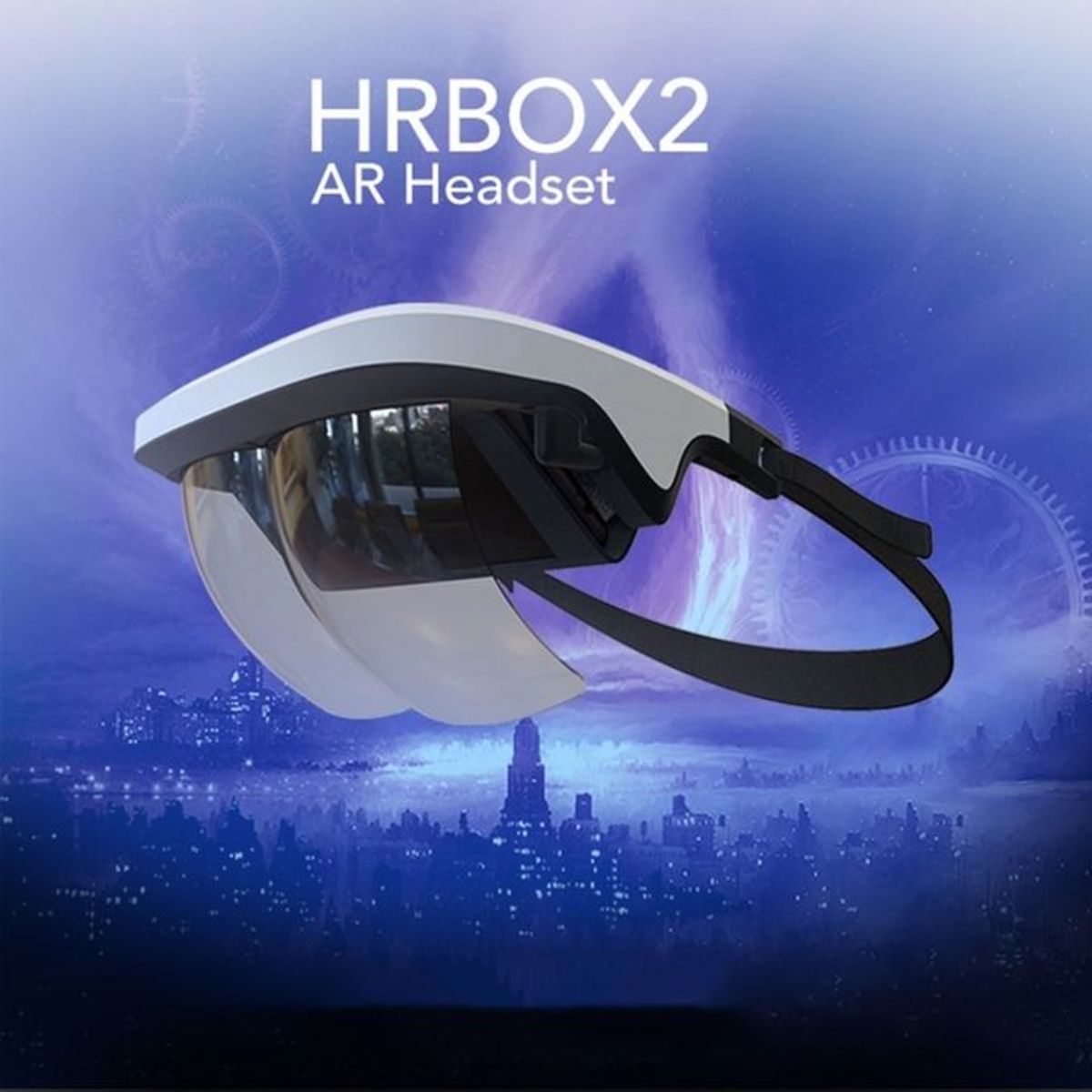How The Amazon Kindle Changed The World

The Amazon Kindle is probably the most revolutionary thing to happen to reading. This may sound like a bold claim, but it really is revolutionary. Before the Kindle, there were still ebooks, but these were limited to being read on computers. Amazon changed all that by giving users an easy and yet extremely unique device that let readers carry hundreds of books in their bag, and able to read them without having to boot up a computer.
It also helped that along with them selling the Kindle, they also gave readers the ability to buy books from Amazon in the Kindle format at a much cheaper price than the hard copy equivalent.
By the time the Kindle 3 came along, the devices were collectively the biggest selling products on Amazon from its entire history.Unlike the previous iterations, the Kindle 3 was much smaller, so much so that it allowed you to carry it in your pocket, as long as you didn't mind not being able to sit down.
The Kindle 3 also let users choose between 3G and Wi-Fi models, or solely Wi-Fi so that you could buy books anywhere that have an internet connection.
However, Amazon went one further by letting users email documents to their Kindle email account, which would then convert the document into a Kindle file, and then forward it onto the Kindle for you, all free of charge.
Hand on heart, I can honestly say that since buying the Kindle, my reading time has increased dramatically. In part, this is down to the Kindle 3 having 4Gb of storage, suitable for around 1,000 books, a number which I would never be able to have at home. Also, since the Kindle books are cheaper, this aids in reading dramatically.
It's a great device for students too since they don't need to carry around a large number of notes, all they need to do is read the notes on the Kindle instead. This brings me to the Kindles best feature; its e-ink display. Unlike computers and tablet devices like the iPad, the Kindle doesn't use an LCD screen. Instead, the e-ink display that’s used doesn't put any strain at all on the eyes unlike LCD. The upside of this is that you can read the ebooks for hours, much like you can with normal books.
So that's how the Amazon Kindle changed the reading world forever. It'll be interesting to see if the Kindle Fire ever makes its way out of the USA and into the rest of the world.









